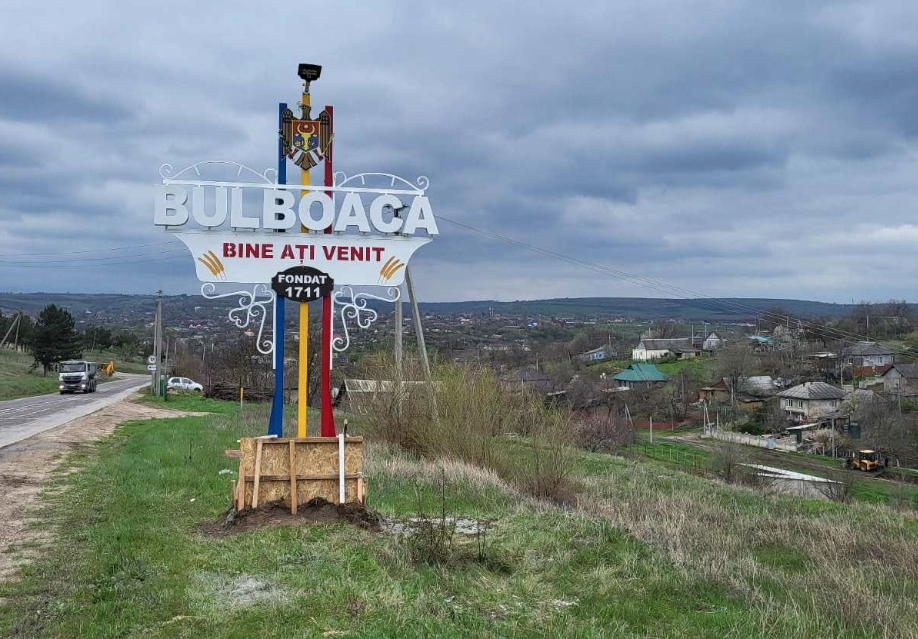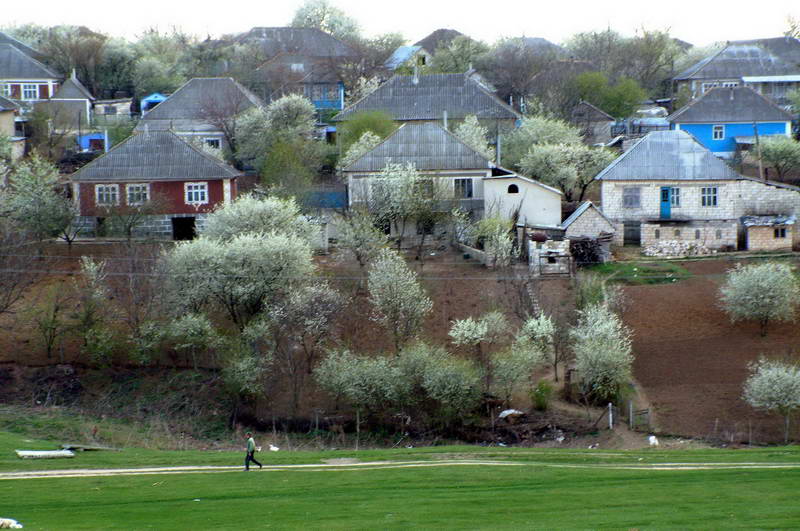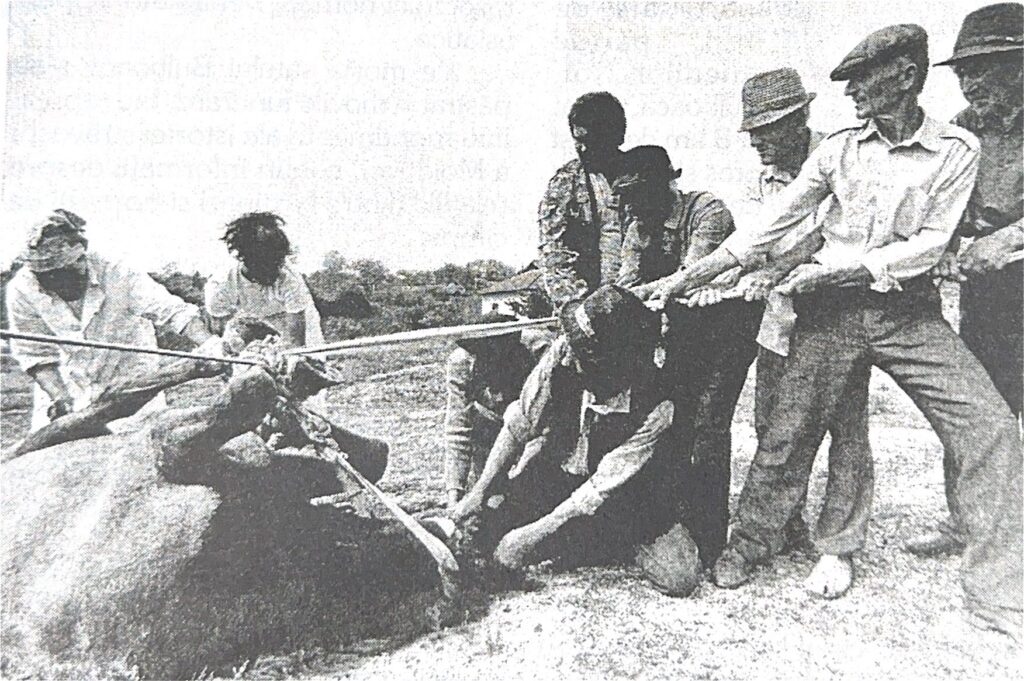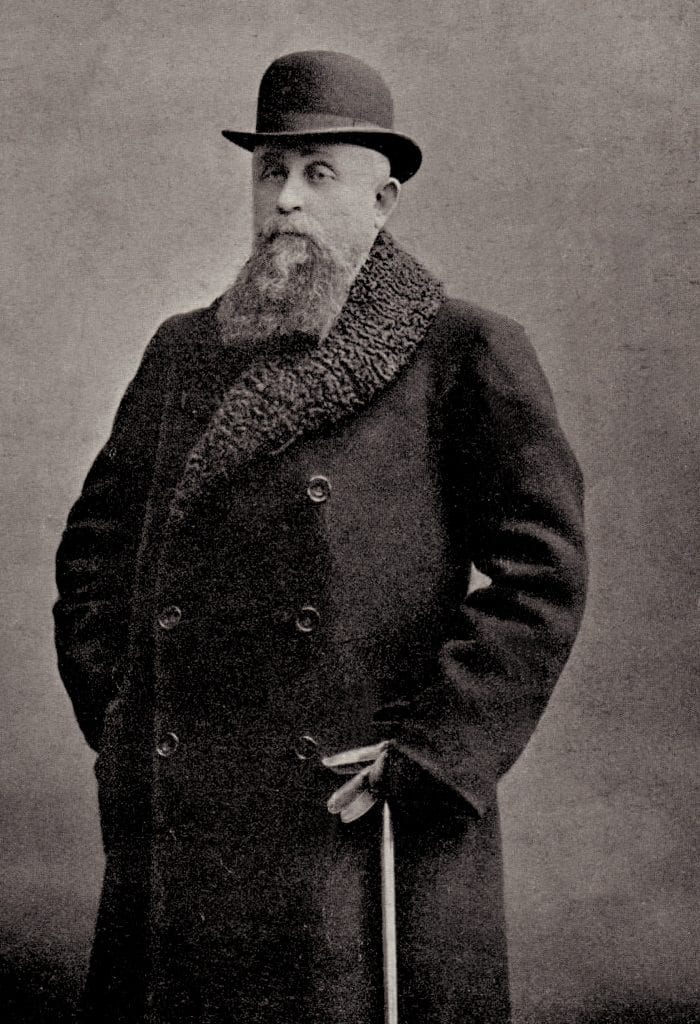On June 1, the Mimi Castle in Bulboaca village, Anenii Noi district, will host the most important event of the year – the Summit of the European Political Community. Almost 50 heads of state and up to 1,000 journalists are expected in the country. Many wonders, “Why Bulboaca?”, “Why Mimi?”. We invite you to get to know the history of Mimi Castle, but also the legends about the village of Bulboaca.
Located 8 km from the town of Anenii Noi and 46 km from Chisinau, in past centuries, the town had a different name. However, at the first attestation, on June 4, 1711, he also took the name Bulboaca Tătărească. Probably, because there were two other Bulboci – one in the parts of Hotin and another – not far from Soroca. The Tatars had drawn a border next door, separating the locality from Șîntăreni (with the old name Luțeni).
There are several legends about the etymology of the village’s name. Here, the Bîc River – once rich in water, formed some very deep – bulbous eddies, which is where the name of the village came from. It is also said that a girl drowned here, whose parents forbade her to marry the boy she loved. It is said among the elders that there were always bulbs growing in that place, the name of the village being a derivative of this word, that is bulbuci – bulboci – Bulboaca. It may be so. Who knows?…

The entrance to the village of Bulboaca
In ancient times, the village estate was probably an open field, a pasture, or a clearing, where herds of wild animals grazed and bands of nomadic warriors from the Asian steppes stopped from time to time. On the estate of the village of Bulboaca, 9 burial mounds have been preserved, which represent monuments of the ancient history of Moldova and contain information about the relations between the natives and the nomads of the plains.
In 1959, a numismatic treasure was found near the town. Although it is not known how many coins there were originally, three gold copies have been preserved, issued in Prussia in 1587.
We find the village on Dimitrie Cantemir’s map, but also on that of the general staff of the Russian army during the Russo-Turkish war of 1768-1774. After the Tatars were forced to leave in the early 19th century, the Russian Empire did not restore the natives’ rights to the estate. Moreover, he took it into state ownership, under the pretext that it was Tatar property, conquered by the Russian army.

The document of January 30, 1803, written at the chancellery of the Dominion of Moldavia and signed by ruler Alexandru Moruzi regarding this estate, was not useful to the impoverished.
From a census of 1817, we learn that the Bulboaca village estate was given to General Catargiu, for the services rendered to those who had conquered our country.
10 years away, peasant families owned vineyards and orchards in the Cascavel Valley, whose name was also respected by the Tatars.
The old church, although still good and durable, had become too spacious. Thus, in 1850, the construction of a larger lodge begins. Meanwhile, the Miller and Plaghino boyars become masters of part of the estate.

Towards the end of the 19th century, the most powerful families from an economic point of view were Andronic, Antoci, Barcari, Bîrcă, Brînzan, Botezatu, Ciobanu, Daghița, Macovei, Pelin, Platon, Rață and Zmeu.
The village had a “sleeping house”, a kind of hotel, which until the Chisinau-Odesa railway was put into use was a real scourge for the inhabitants because convoys of arrestees stopped there.
In 1905, the first mill appeared in Bulboaca, owned by lon Brînzan, and in 1912 a steam one was built.
The population of the village was more and more engaged in growing vines, the new occupation being closely linked to the name of the landowner Constantin Mimi – pioneer, emblematic winemaker, and an important public figure of the 20th century, who also had a large estate in the village of Ursoaia, from Tighina county. At the end of the 1890s, he inherited new lands, which were also in Bulboaca.

Returning home from Russia and receiving the new inheritance, Mimi decided to cultivate vines on these lands. How the grapes were to be processed, he laid the foundation for the first wine department, a profession to which he was faithful until his death. Gradually, the wine department turned into a real wine factory. The grapes were processed manually, and the wine was stored in special barrels.
In 1907, Mimi built a house in Bulboaca and settled there. The vine, however, suffers from an illness in 1906, and the boyar sees it renewed only in 1915. In 1935, Constantin Mimi died.

Shortly after the beginning of the Second World War, the son of Constantin Mimi, who emigrated to Romania, returns to the village, with the intention of taking over his wine factory again. However, a concentration camp was organized on the premises of the former factory.
The war, the famine of 1946-1947, and the deportations of 1949 significantly thinned the ranks of the Bolbocens. Even so, with the resumption of collectivization, the winery resumed its activity. It has been modernized, new grape processing and wine storage sections have been created.
Constantin Mimi’s legacy continues today. The castle along with its secret recipes and diligent approach has been passed down to future generations of winemakers, who reward its memory by continuing to produce high-quality wines.




